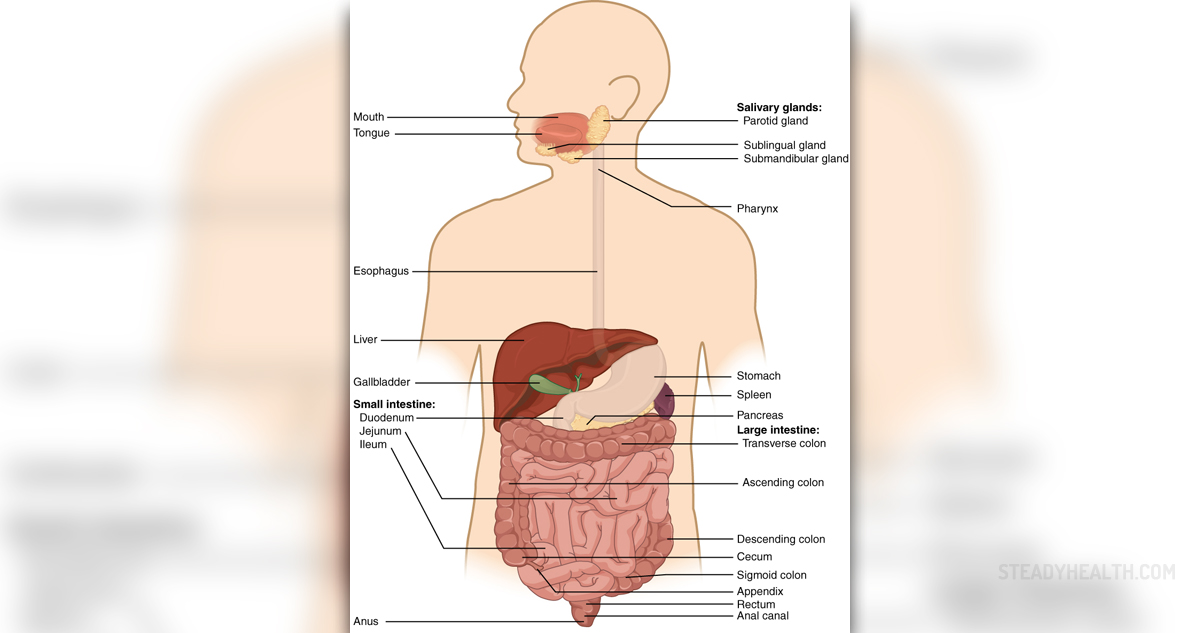
Digestive System
Digestive system consists of a series of successive parts responsible for different stages of digestion and absorption. Digestive tract includes:oral cavity pharynxesophagus stomachliver and pancreassmall intestinecolonrectum and anusMouth
Digestion begins in the mouth, and continues in the stomach and the small intestine.Teeth are important elements of the digestive tract. They are involved in chewing food and its grinding, preparing it for further digestion.
Salivary glands (parotid, submandibular and sublingual) secrete saliva that is poured into the mouth. The main role of saliva is the chemical processing of food.
Esophagus
Esophagus is a muscular tube that takes food to the stomach. Peristalsis ensures that food reaches the stomach in any position of the body, but this process is easier if the body is erect and helped by gravity. The lower esophagus sphincter (cardiac sphincter) is the connection with the stomach. This muscle relaxes to pass the food in the stomach and closes to prevent reflux (return of food from the stomach).Stomach
Stomach is an organ responsible for the digestion of food. The main task of the stomach is the deconstruction of larger fat molecules into smaller to be easier for entering the small intestine. Stomach produces gastric fluids which break down food, turning it into mushy mass. Gastric juices include enzyme pepsin, hydrochloric acid (HCl) and mucus. The pepsin is used for the degradation of proteins into peptides; hydrochloric acid breaks down fats; and gastric mucus dilutes HCl so it wouldn’t have damaged the stomach wall. After stomach digestion, food travels into the small intestine (duodenum).Small Intestine
Small intestine is about 6 meters long, and has diameter of about 2.5 cm. Duodenum is the first part of the small intestine.Tubes from the liver and pancreas enter the small intestine. Substances necessary for digestion come through these tubes. The main part of digestion is done in small intestine.Pancreas
The pancreas is located in the left quadrant of the abdomen and leans on the duodenum and the spleen. Endocrine function of pancreas is insulin secretion, while exogenous function includes production of enzymes that are important for digestion of starch (amylase), fats (lipases) and polypeptides (trypsin). Pancreas also secrets bicarbonate juice to neutralize the strong acid solution, which comes from the stomach.
Liver
Liver is the organ which removes substances from the blood by the enzymatic reaction, and simultaneously provides returning of liver products into the blood.Liver is also responsible for carbohydrate metabolism, amino acid metabolism, and fat metabolism.
Liver also performs the following functions: synthesis of plasma proteins (albumin, clotting factors, globulin) creation of bilirubin and elimination of bilirubin created by the spleen and bone marrow; regulation of phagocytes, which among other things prevent that the flora of the colon come into contact with other parts of the body storage of vitamins A, D, E, K and vitamin B12 detoxification - the conversion of harmful substances into less harmful substances
Large Intestine
Colon has a diameter of about 6.5 cm, and it is about 1.5 m long. It is responsible for absorbing water (0.4 to 0.8 liters per day), minerals and vitamins. Flora in the colon prevents the development of pathogenic substances.Rectum is about 15 cm long and ends with the anal opening. Sphincter is located at the end of anus and it is managed by reflex, but it is possible to control it by will. Sphincter is skeletal muscle, connected to the peristalsis, which provides rhythmic suppression of food remains after digestion.


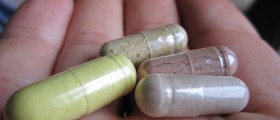
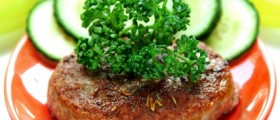



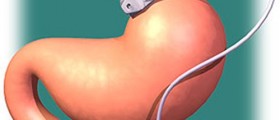



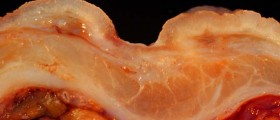
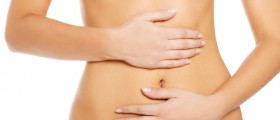
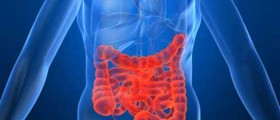



Your thoughts on this
Loading...